North Korea fires ballistic missiles ahead of massive US-South air drills
North Korea has fired two short-range ballistic missiles (SRBMs) off the east coast of the Korean Peninsula aimed at countering threats and provocations following large-scale joint military maneuvers by South Korea and the United States.
South Korea's military reported the launches in a statement early on Friday, saying the SRBMs were fired from the Tongcheon area of Gangwon province on North Korea's east coast.
The South's Joint Chiefs of Staff said it "detected two ballistic missiles fired from the Tongchon area in Gangwon between 1159 (0259 GMT) and 1218," adding that the country's military "has increased monitoring and surveillance and is maintaining a full readiness posture in close coordination with the US.”
The Tongchon launch site is located some 60 kilometers from the inter-Korean border.
The latest launches came as South Korea and the US wrapped up 12 days of amphibious naval joint military drills, and just ahead of the Monday start of major combined air drills that will involve more than 200 US and South Korean fighter jets.
Pyongyang has justified it as a "countermeasure" against the joint US-South Korea war games, which it says are provocative and a rehearsal for an invasion, with North Korean state media publishing statements from the military condemning the "enemy's war drills" and calling for them to stop it.
This is while officials in Washington and Seoul have been claiming for months that Pyongyang is ready to conduct another nuclear test, which would be the country's seventh, and the first since 2017.
South Korean President Yoon Suk-yeol said on Tuesday that it appeared the North had "already completed preparations for a seventh nuclear test.”
The United States, Japan and South Korea warned that a nuclear test by Pyongyang would warrant an "unprecedentedly strong response" from the trio.
Washington, Seoul, and Tokyo have already pledged stern punishment in the event of another nuclear test by Pyongyang, saying such a test would violate the United Nations Security Council resolutions.
Pyongyang detonated its sixth nuclear device in 2017 following a series of weapon tests that prompted then-US President Donald Trump to warn of "fire and fury."
Notwithstanding the warning, North Korean leader Kim Jong-un and Trump held three meetings on the Korean Peninsula, but nothing came of the meetings.
Washington then began to impose new sanctions against the North, prompting Pyongyang to carry out a series of missile tests.
Earlier this month, Kim said his country's nuclear combat forces were at "full preparedness for actual war," stressing that the tests were another warning to the North's enemies.
Japan 'studying' US Tomahawk cruise missile purchase
Meanwhile, the Japanese government announced on Friday that Tokyo was mulling the purchase of US-developed Tomahawk cruise missiles as it seeks to counter what it claims "growing regional threats", including from North Korea.
The Yomiuri Shimbun daily reported that Tokyo was in the final stages of discussions with the US government over purchasing medium-range missiles, which are launched from the sea.
The newspaper, citing unidentified government sources, said the Korean Peninsula would be within range of the missiles, depending on the launch area.
Other Japanese media also confirmed that the government was considering the Tomahawk missile purchase.
Asked about the reports, Japan’s top government spokesman Hirokazu Matsuno said ministers were "studying" the possibility but nothing had been decided.
Japan's military spending has undergone a remarkable rise almost every year over the past decade but pressure has grown for greater funding following the conflict in Ukraine and China-Taipei issue.
Pezeshkian to US, Europeans: You are killing women, children
VIDEO | COP29: another climate failure?
ICC issues arrest warrants for Netanyahu, Gallant for war crimes
Israeli strikes kill 88 Palestinians in northern Gaza
American voters plainly rejected complicity in Gaza genocide: Iran FM spox
ICC should issue more arrest warrants for Israeli authorities over Gaza genocide: UN expert
Israel using AI weapons co-produced by India in Gaza genocide: Report
Israel issues new evacuation orders, shortly launches strikes on southern Lebanon


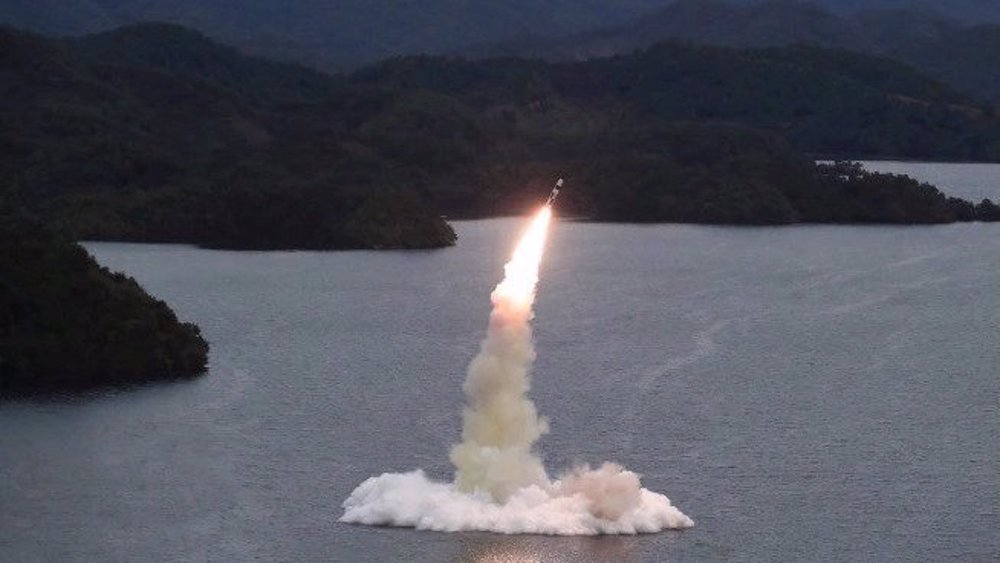
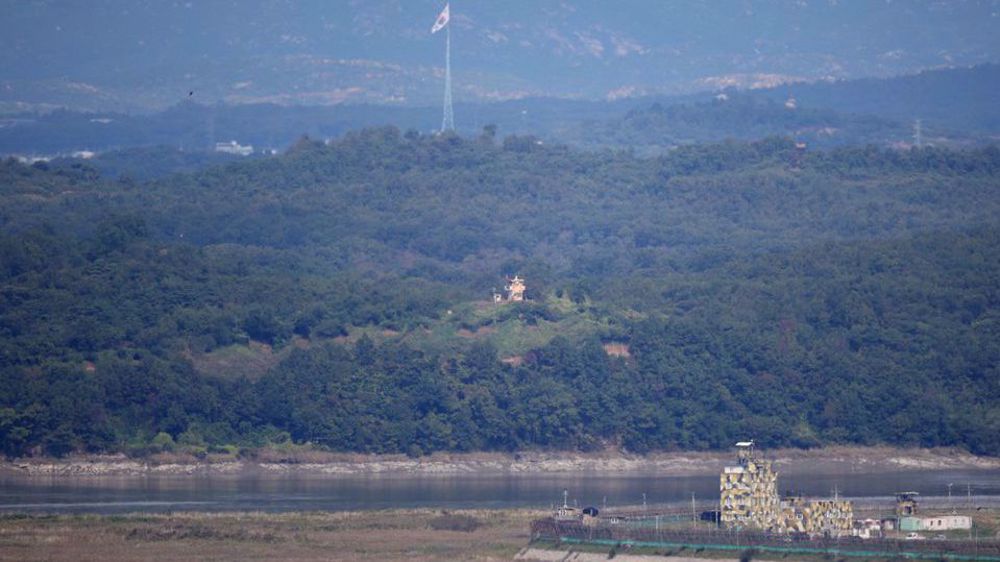

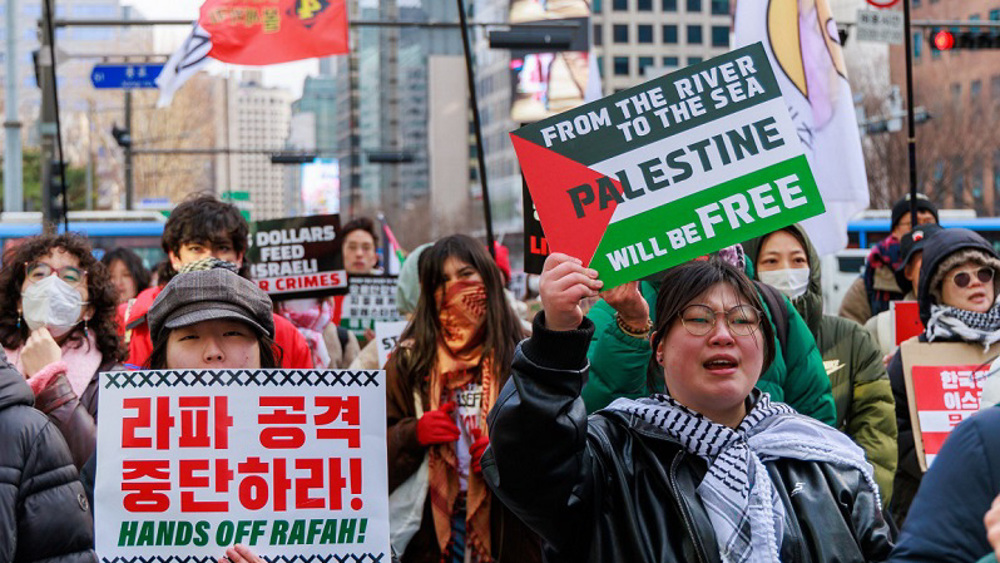

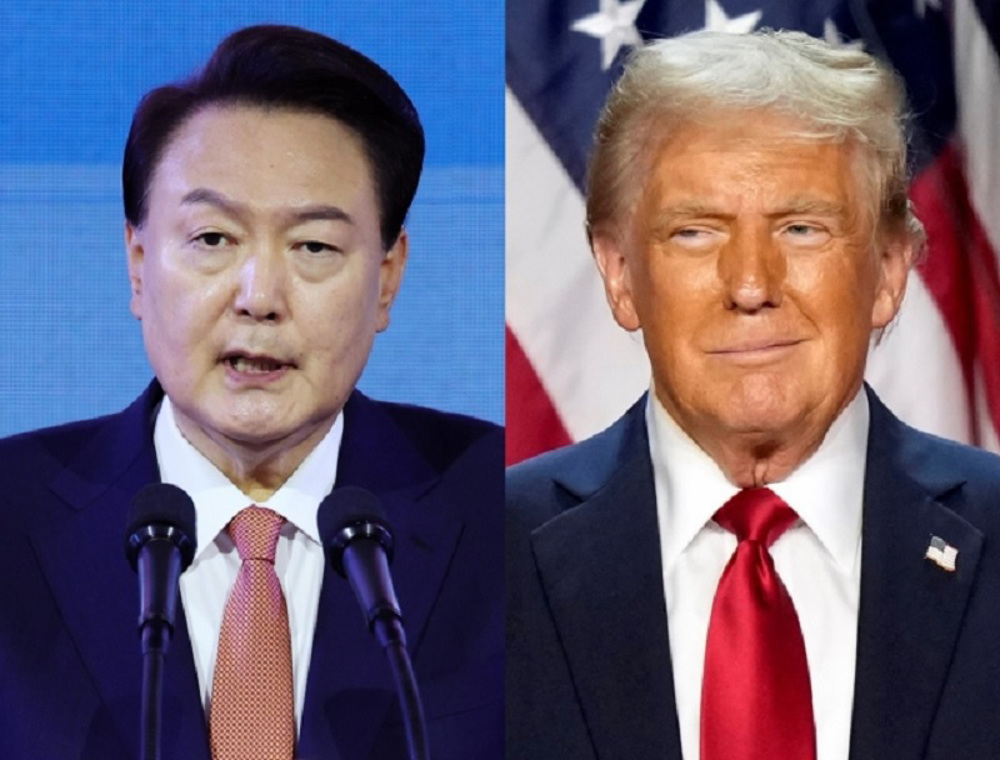



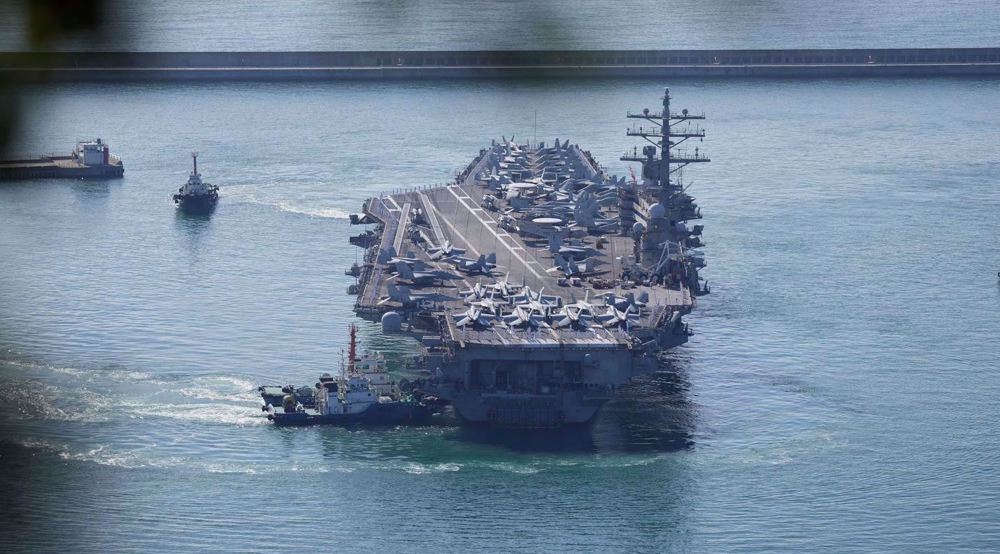
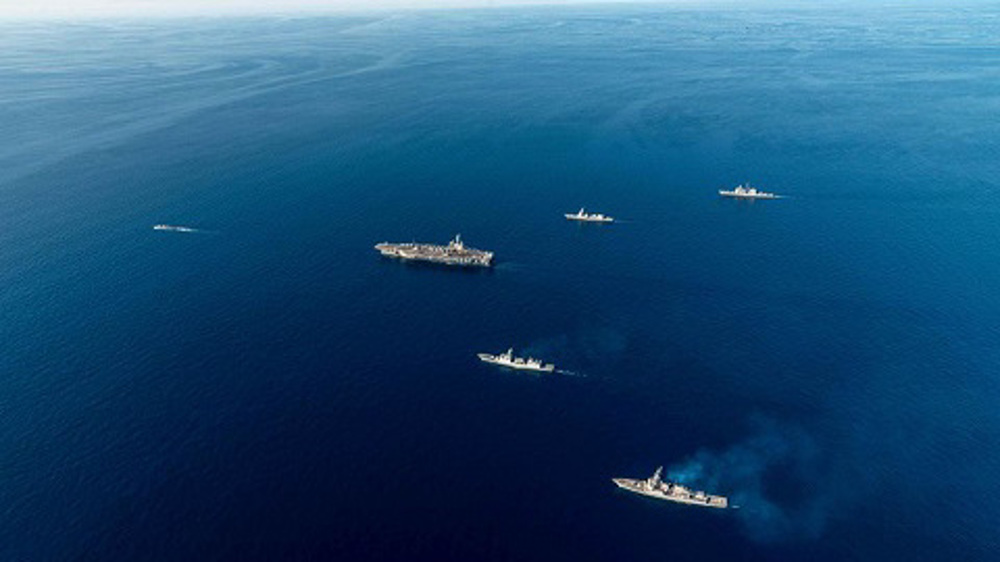
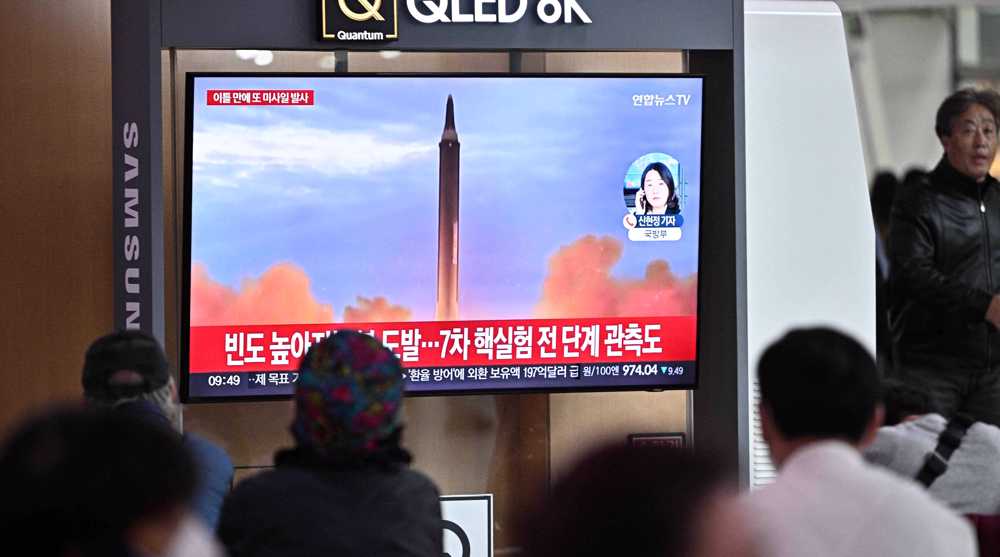
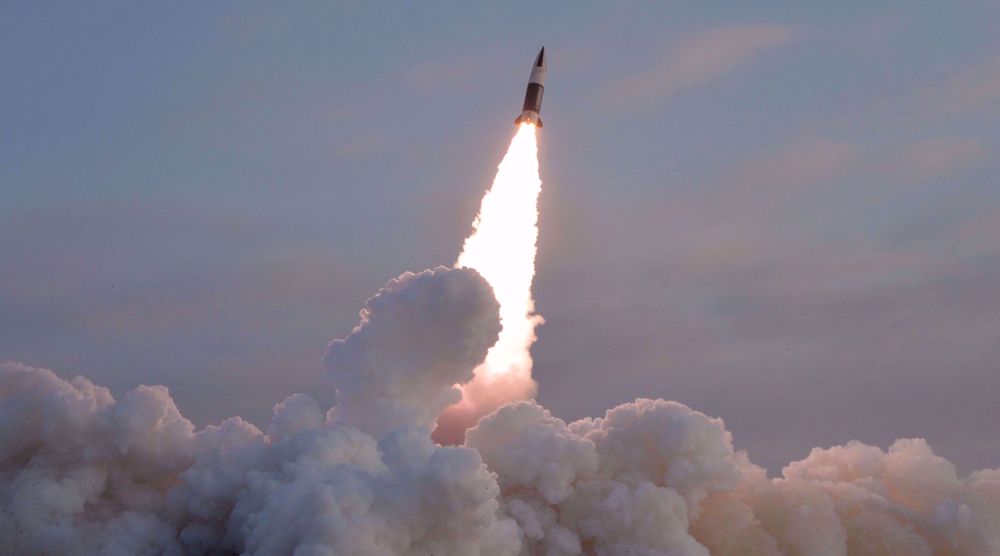

 This makes it easy to access the Press TV website
This makes it easy to access the Press TV website